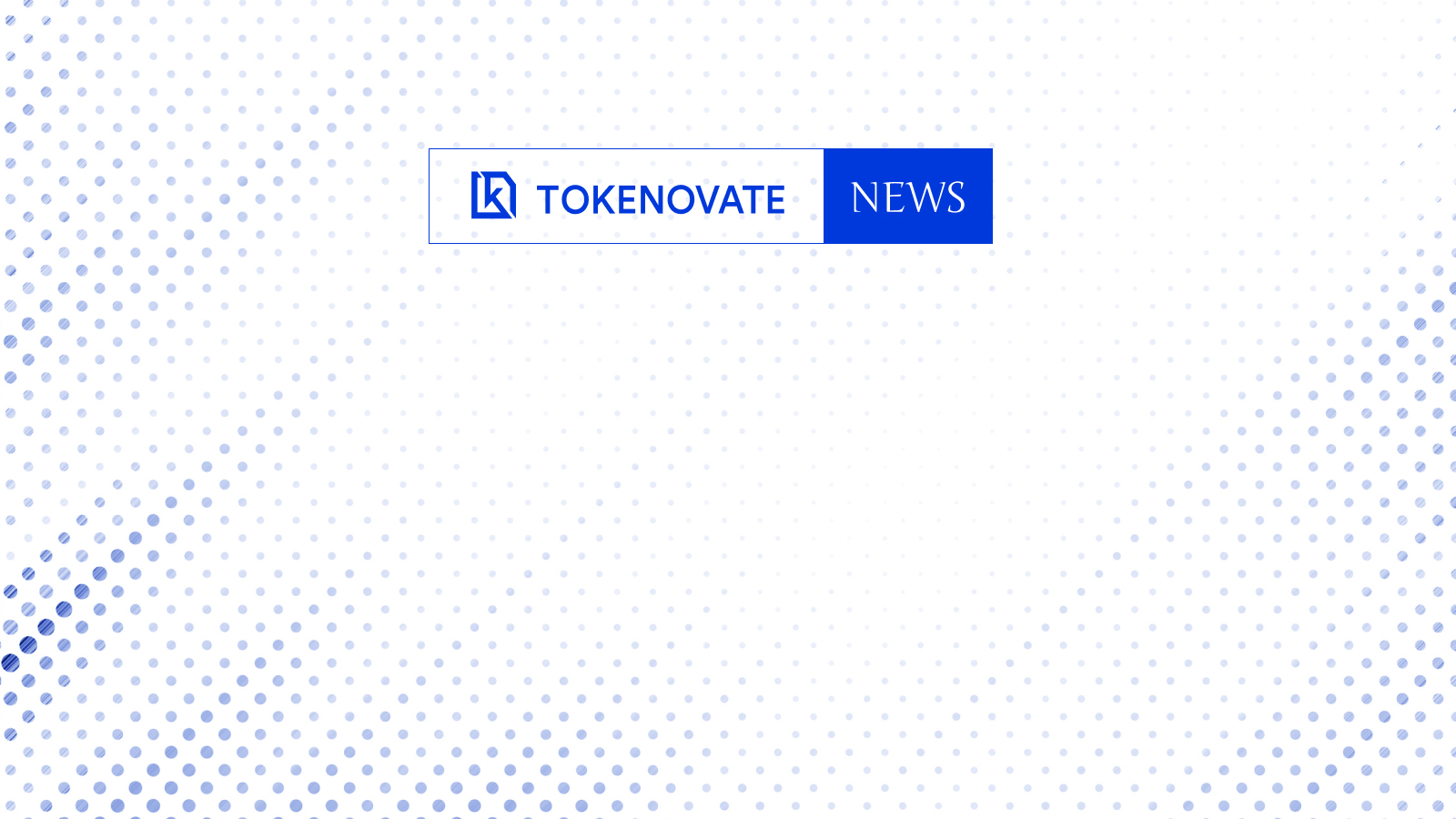This blog is the third in a series exploring how Tokenovate is operationalising the FINOS Common Domain Model (CDM). In this entry, Ciarán McGonagle, Chief Legal & Product Officer at Tokenovate, explores the legal foundation of our platform and how Tokenovate is building on the foundational work of ISDA which, when integrated with CDM, allows us to create smart derivatives contracts that combine legal certainty with operational efficiency.
CDM and Legal Certainty: Our Smart Derivatives Framework
By Ciarán McGonagle, Chief Legal & Product Officer at Tokenovate.
The economic complexity of financial products can sometimes obscure their legal simplicity.
That may seem like a bold statement with which to open a blog on automating a legal framework that is (slightly) older than me and which underpins a market of almost $700 trillion of notional value across over 80 global jurisdictions!
But from my perspective, financial contracts – such as derivatives and SFTs – are bundles of rights and obligations, governed by conditional logic. A derivative contract (for example) will typically require one party to make a payment to another if a specific condition is met.
Of course, this analysis is deliberately simplistic. One must also consider the dynamic events that can arise over the lifecycle of a transaction – events that can impact the timing, nature or existence of these rights and obligations. Complex provisions relating to these events can dictate the orchestration of rights and obligations. Within the contract, these provisions are often intertwined, creating intricate dependencies that demand precise (yet, often inaccurate) alignment between legal language and operational execution.
Blame the lawyers.
The challenge with smart derivatives contracts, therefore, lies in bridging the relatively straightforward conditional logic of automation with the broader, more nuanced contractual framework that governs derivatives transactions.
For nearly a decade, I have been deeply engaged in this challenge — first at ISDA, where I worked alongside top experts in law, computer science, and academia to shape the legal, documentation, and data standards that form the backbone of smart derivatives contracts.
Now, as the leader of Tokenovate’s product development strategy, I ensure that our approach fully aligns with the ISDA Legal Guidelines for Smart Derivatives Contracts, which provide essential insights into balancing automation with legal enforceability across a range of derivatives products.
As the principal author of these guidelines, I see the path ahead clearly: to integrate the foundational legal standards established by ISDA, ISLA, and ICMA with the technical and operational precision of the Common Domain Model. In fact, I would argue that the CDM is not just foundational but indispensable for developing smart derivatives contracts that adhere to and uphold the legal, regulatory, and commercial standards that have underpinned capital markets for the past half-century.
Event-Driven Automation
Recall that financial products are mere bundles of rights and obligations governed by conditional logic.
But what are these rights and obligations? In the context of financial products, these rights and obligations tend to relate to future cash flows and asset transfers. Indeed, the entire basis upon which these contractual frameworks are based – the complex interplay among rights, obligations and events – is to ensure that the risk associated with agreeing to future obligations is allocated and managed in a way that is commercially acceptable to both parties.
So how do we resolve this complexity?
This is where the CDM comes in. By deconstructing these myriad, unstructured elements – party names, dates, business day conventions, rate observations – into standardised, composable data attributes, these data can then be combined to create composable functions, ensuring consistent and scalable automation across products with similar characteristics.
But what about those pesky events?
Again, this is where the CDM comes in. If we assume for a second that, once live, a trade exists in a certain state (let’s call it “executed”). Recall that the bundles of rights and obligations within that trade relate to future cashflows and transfers. So, from time to time, the trades state needs to be updated to reflect that these transfers have (or have not happened). Unanticipated or extrinsic events (e.g. novations, disruptions, default) all have the effect of altering the state of the trade in some way, whether by modifying the terms of the trade itself or terminating it altogether.
For example, the calculation of a floating rate interest amount begins with observing an external data point and applying a function that produces a derived outcome. That outcome is then processed as part of an automated workflow which processes the relevant settlement, resulting in an update to the contract’s state (e.g. settled). If that rate is unavailable, we can apply a function to determine whether a fall-back rate might apply. If not (or if the fallback rate is also unavailable) we can record this failed observation and trigger the relevant disruption event.
In this way, we can view the infrastructure underpinning the entire post-trade management lifecycle as a form of state-machine.
The CDM’s event-driven framework provides a robust and domain-specific basis upon which to execute and record these state changes on a blockchain, allowing for a precise, standardised representation of contractual actions and making automation more effective and efficient. By way of illustration, in the above interest rate example, the CDM can tell us (i) what the floating rate is, (ii) when it should be observed, (iii) the fallback logic, (iv) the calculation methodology, and (v) what the result trade state will be following transfer – all consistent with the terms expressed in the 2021 ISDA Interest Rate Definitions. Pretty powerful stuff…
A Holistic Solution
For decades, derivatives markets have relied on complex, unstructured legal agreements that require manual interpretation. To realise the full benefits of transformative technologies such as blockchain and tokenisation, transforming these agreements into structured, machine-readable data is essential.
At Tokenovate, we embed legal clarity into smart derivatives contracts that dynamically adapt to real-world scenarios. This vision demands a unified operational framework.
Platforms such as CreateIQ, for example, could provide a critical digital “on-ramp” for establishing the legal relationships that underpin trading activity
The CDM connects legal terms, trade events, and lifecycle processes into a standardised data structure.
ISDA, ISLA and ICMA’s various digital asset projects provide the foundation for tokenised settlement and collateral mobility.
By integrating these mutualised, industry solutions and embedding them deeply within our platform, we can offer a seamless, automated, end-to-end lifecycle experience for trade data, contract workflows and tokenised settlement – driving greater efficiency, standardisation, and economic growth across global capital markets.
Read the other posts in the Operationalising CDM series here and here.
Subscribe to our YouTube channel for demo videos of our platform and progress. Or sign-up to receive news straight to your inbox at the bottom of this page.


